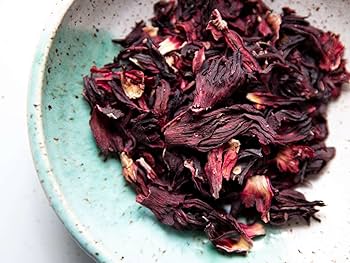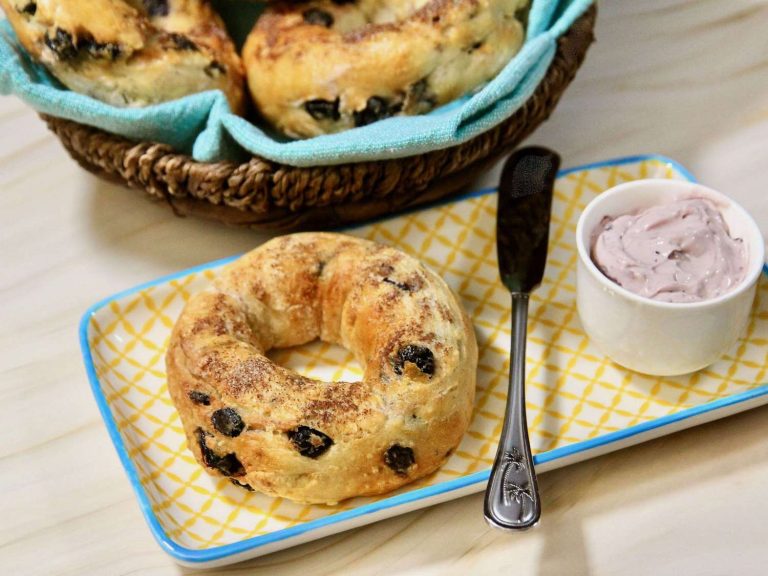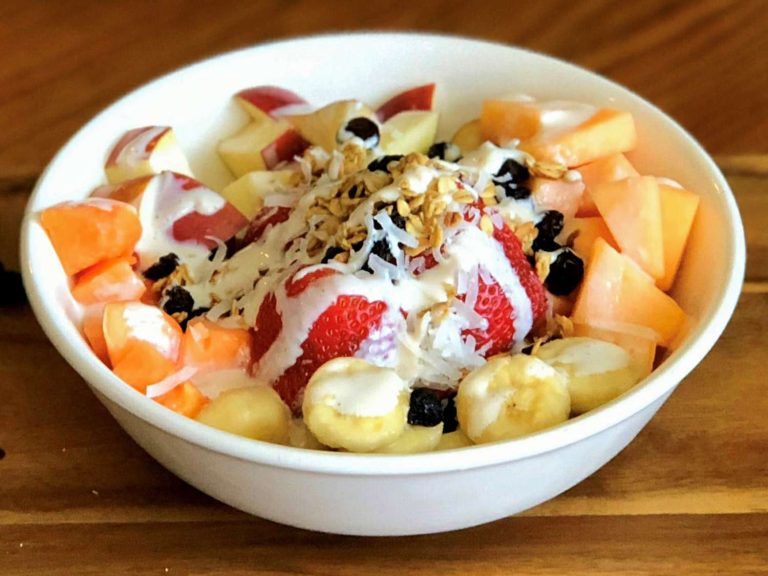Traditional Mexican Tepache: Discover the Rich History and Health Benefits
Tepache traces its roots to pre-Columbian Mexico. Indigenous communities, including the Aztecs, initially crafted this fermented beverage. They used native pineapples and other tropical fruits to create a mildly alcoholic drink. Tepache played a role in social and ceremonial gatherings, serving both as a refreshment and a cultural symbol.
Traditional vs. Modern Methods
Traditional methods of making tepache involve fermenting pineapple rinds with brown sugar, water, and spices like cinnamon and cloves. This process typically takes several days and relies on wild yeast for fermentation. These methods maintain the authentic flavors and natural fermentation process.
Modern methods, however, have adapted to contemporary conveniences. Some recipes now use commercial yeast to speed up fermentation. Others may add additional fruits or flavorings to enhance the taste. Despite these changes, both traditional and modern methods aim to preserve tepache’s distinctive sweet and tangy profile.
Brewing Process
Choosing the Right Pineapple
Select a ripe pineapple with golden-brown skin and a slight give when pressed. Avoid blemished or overly soft pineapples. Rinse the pineapple thoroughly before peeling the rind. Use the rind for tepache, as it contains natural sugars and yeast essential for fermentation. Store the flesh for other uses or add it if you prefer a fruitier flavor.
Traditional Ingredients and Additions
Use the following traditional ingredients to brew tepache:
- Brown Sugar: Provides sweetness and aids fermentation. Panela, piloncillo, or dark brown sugar are preferred.
- Spices: Commonly includes cinnamon sticks and cloves. Adjust the quantity to suit your taste.
- Water: Use filtered or bottled water to avoid contamination. Ensure it’s chlorine-free to not hinder fermentation.
- Optional Fruits: Add additional fruits like oranges or apples for varied flavors. These fruits can enhance the sweetness and tanginess.
Combine these ingredients in a large, non-reactive container, then let it sit at room temperature for 2-5 days. Taste daily until the desired fermentation level is achieved. Strain the liquid and refrigerate your tepache to slow down further fermentation and enjoy it chilled.
Health Benefits of Tepache
Probiotic Properties
Tepache contains beneficial probiotics that promote gut health. During fermentation, natural bacteria thrive in the mixture, creating a rich source of probiotics like Lactobacillus. These microorganisms enhance digestion and nutrient absorption. Consuming probiotic-rich foods like tepache helps maintain a balanced gut microbiome, which supports overall immune function.
Vitamins and Antioxidants
Tepache is packed with essential vitamins and antioxidants. Pineapple, the primary ingredient, is rich in vitamin C, boosting your immune system and aiding collagen production. Additionally, tepache contains B vitamins like niacin, which supports energy metabolism. Cinnamon and cloves, common spices in tepache, add antioxidants that help combat oxidative stress. These nutrients together work to protect your cells and enhance overall health.
Tasting Tepache
Characteristics of Flavor and Aroma
Tepache presents a unique blend of flavors. The primary taste comes from fermented pineapple, delivering a sweet, tangy profile. Brown sugar adds a caramel undertone, enhancing the overall sweetness and complexity. Traditional spices like cinnamon and cloves impart warm, aromatic notes. Wild or commercial yeast, used during fermentation, may add subtle sour and earthy nuances.
The aroma of tepache is distinct. The scent combines the fruity essence of pineapples with the spicy fragrance of cinnamon and cloves. As the beverage ferments, these smells become more pronounced, adding depth and character.
Pairing Tepache with Food
Pairing tepache with food enhances the dining experience. Its sweet and tangy flavors complement spicy Mexican dishes. Tacos, enchiladas, and spicy grilled meats pair well with tepache, balancing the heat with its refreshing taste.
Fruits and desserts also pair nicely. Pineapple upside-down cake, fruit salads, and citrus-based desserts resonate with tepache’s fruity notes, creating a harmonious blend of flavors.
Try tepache with savory snacks. Cheese platters, especially those featuring aged or blue cheeses, contrast tepache’s sweetness, offering a balanced flavor profile. Savory pastries and empanadas can accompany tepache, providing a delightful mix of textures and tastes.
Homemade Tepache Recipe
Step-by-Step Brewing Guide
- Gather Ingredients: Choose a ripe pineapple, 1 cup of brown sugar, 2 cinnamon sticks, and 5 cloves. Optional additions include other fruits like oranges or guavas for extra flavor.
- Prepare Pineapple: Wash the exterior thoroughly. Cut off the top and the bottom. Remove the peel, saving it for fermentation, and cut the fruit into chunks to eat or use in another recipe.
- Dissolve Sugar: In a large glass jar, combine 8 cups of water with the brown sugar. Stir until the sugar fully dissolves.
- Add Spices and Peels: Place the pineapple peels, cinnamon sticks, and cloves into the jar. If using additional fruits, add them now.
- Cover and Ferment: Use a cheesecloth or breathable fabric to cover the jar. Secure it with a rubber band. Ferment the mixture at room temperature for 2-5 days. Stir the mixture once daily to ensure even fermentation.
- Taste and Adjust: Start tasting the tepache after 2 days. Once it’s reached your preferred level of tanginess and sweetness, it’s ready to strain.
- Strain and Chill: Remove the solids by straining the liquid through a fine-mesh sieve or cheesecloth. Transfer the tepache to a clean, sealable bottle and refrigerate it.
- Serve: Enjoy your homemade tepache chilled. Garnish with a slice of fresh pineapple or a cinnamon stick if desired.
- Pineapple Ripeness: Ensure the pineapple is fully ripe for maximum sweetness and flavor.
- Water Quality: Use filtered water to avoid introducing unwanted chemicals into the fermentation process.
- Temperature Control: Ferment tepache in a warm, stable environment, ideally between 70-80°F.
- Experiment with Flavors: Add fruits like guavas, apples, or spices like star anise to create unique flavor profiles.
- Monitor Fermentation: Check daily for mold or off-smells, which indicate spoilage. Properly discard if this occurs.
- Quick Consumption: Consume homemade tepache within a week for the best flavor and quality.
Conclusion
Tepache is more than just a refreshing beverage; it’s a cultural experience with deep roots in Mexican history. By brewing your own tepache, you’re not only enjoying a delicious, probiotic-rich drink but also connecting with an age-old tradition. Whether you stick to the classic recipe or experiment with new flavors, the process is both rewarding and enjoyable. Remember to monitor your fermentation closely and savor your homemade tepache within a week for the best taste. Cheers to exploring the vibrant world of tepache!





